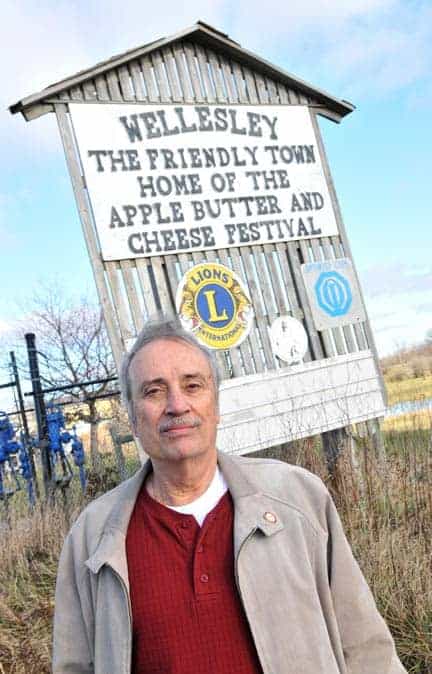;
;
;
Next Article
Puck drops on Kings season opener Sunday

When a bowler steps up to take their shot, odds are they’re thinking more about the ball in their hands or the pins at the end of the lane than the floor they’re standing on. But Karl Jordan has just made a big investment in the ground beneath the bowler’s feet at Elmira Bowl. Karl […]
Last updated on May 04, 23
Posted on Sep 10, 10
3 min read
